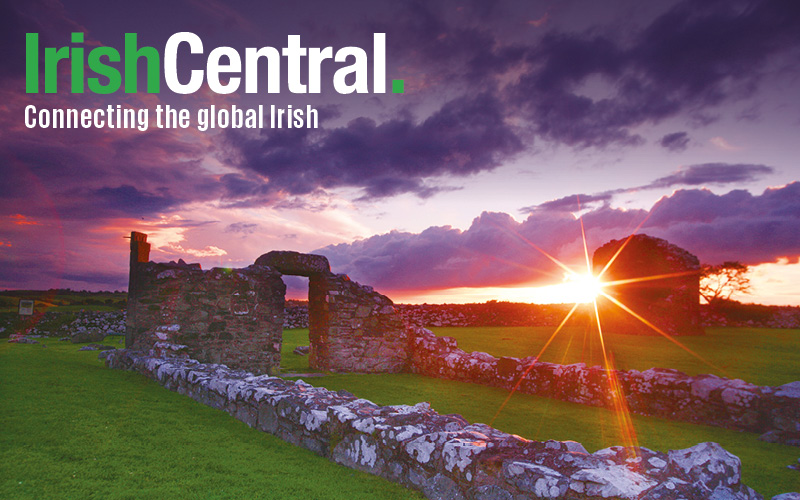It will be 39 years previous that a pope visited Ireland when Pope Francis arrives in August of 2018. To say the country and the church has changed from the time of Pope John Paul’s visit in 1979 is an understatement. The very ground the Irish church has stood on for centuries has trembled and given way. The power so evident in 1979 no longer holds sway. John Paul II would not recognize the landscape.
John Paul II arrived as a conquering hero, his church unsurpassed in the world in terms of influence.
Pope Francis will come to Ireland more as a penitent, apologizing for the horrific sex abuse cover-ups and asking people to keep the faith.
The impact of those scandals is plain. The 2011 figure of those attending Mass in Ireland shows a major decline to just 20 percent from less than 20 years earlier in 1984 when, according to Archbishop Diarmuid Martin of Dublin, nearly 90 percent of Irish Catholics attended weekly Mass. It would have been at least that number when John Paul II visited.
This year, it was estimated that, with seminaries practically empty, 70 percent of priests currently serving are over 60 years of age in Dublin alone. Do the math. By 2030 the church will have to have made profound changes or will have almost died off.
The church has been humbled but may be all the better for it. Francis has become the savior. His ability to empathize with common folk and their problems is unique in the modern papacy.
His appointments to the College of Cardinals reflect that great leap, from the obsessive doctrinaire approach of the past to a church of sinners doing their darn best to be better.
There is no more persuasive envoy than Francis, truly considered a man of God.
Back in 1979 John Paul II faced no such crises. His visit to Ireland was one of the most remarkable of his papacy.
He celebrated Mass in Phoenix Park for an estimated 1.25 million people, the equivalent of one quarter of the population of the island at the time.
He arrived at a time when the old ways still ruled, where bishops merely had to snap their fingers, and lay politicians, broadcasters and teachers rushed to respond.
On the podium with John Paul II during his trip were bishops who would later be unmasked for having covered up horrific child abuse cases in their dioceses. His personal secretary, Bishop John Magee, one of the most powerful men in the Vatican, was one of the most culpable. After being given an Irish parish he was forced to resign from Cloyne because of a massive cover-up.
John Paul II did one amazing thing. He kicked off the Irish peace process in an extraordinary way with his plea to “turn away from the path of violence and return to the path of peace.”
Among those who heard him was a Redemptorist priest, Father Alec Reid, who, encouraged by the John Paul II, brought together John Hume of the SDLP and Gerry Adams of Sinn Fein and created the peace process.
It will be interesting to see what crowd Francis draws in Ireland. For John Paul II there was 300,000 in Drogheda and the same in Galway where he made his most famous pronouncement, “Young People of Ireland, I love you.”
The following year 10 percent of males born in Ireland were called John Paul. No doubt there will be a run on the name Francis after his visit.
But it needs to have far more consequence than that if the church is to survive in Ireland.




Comments